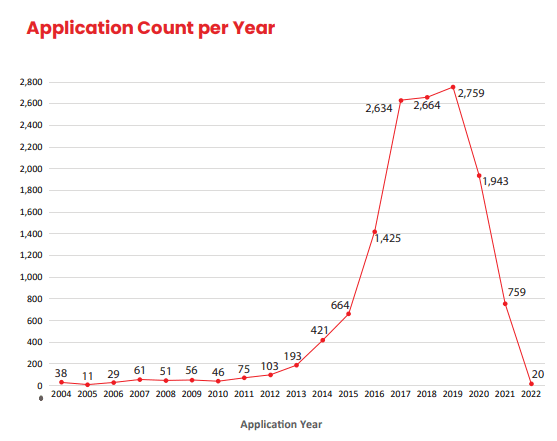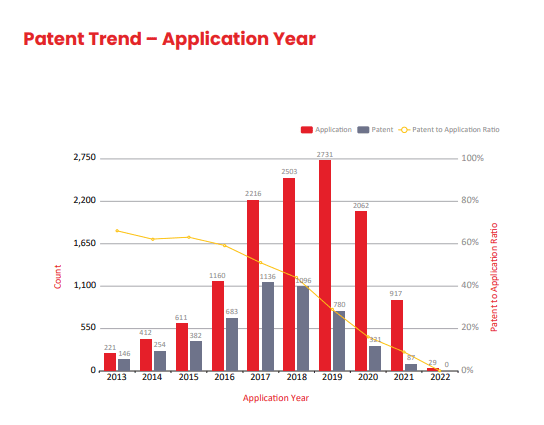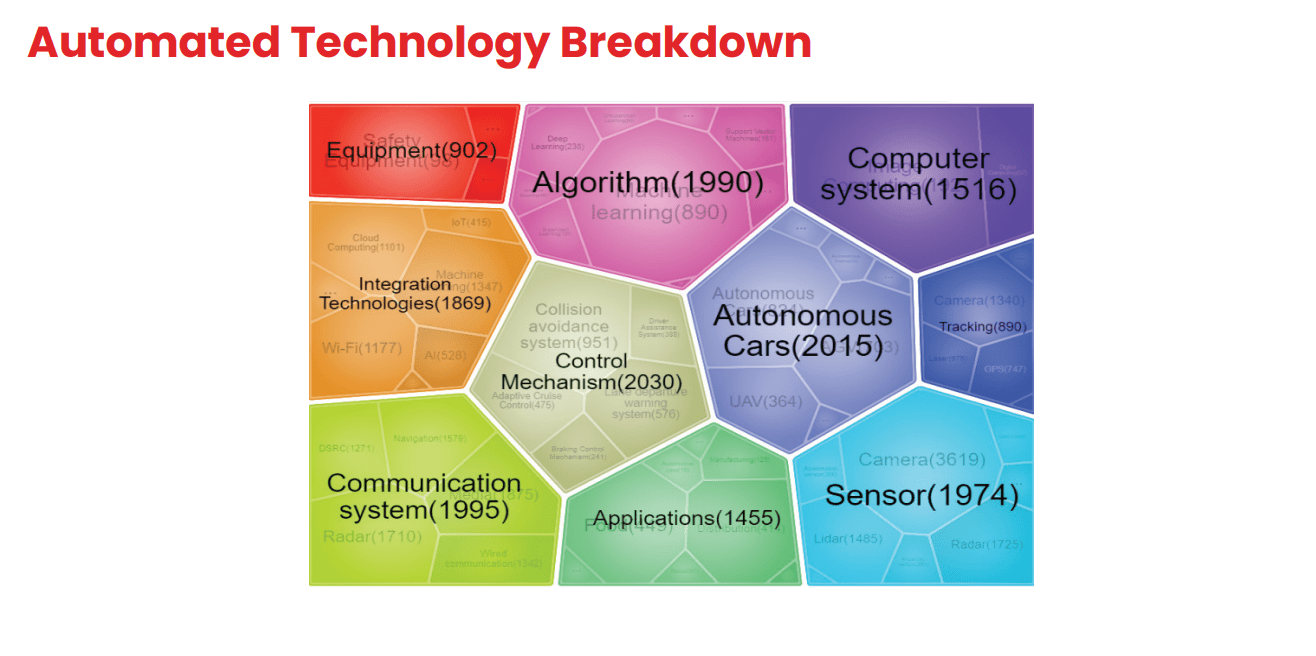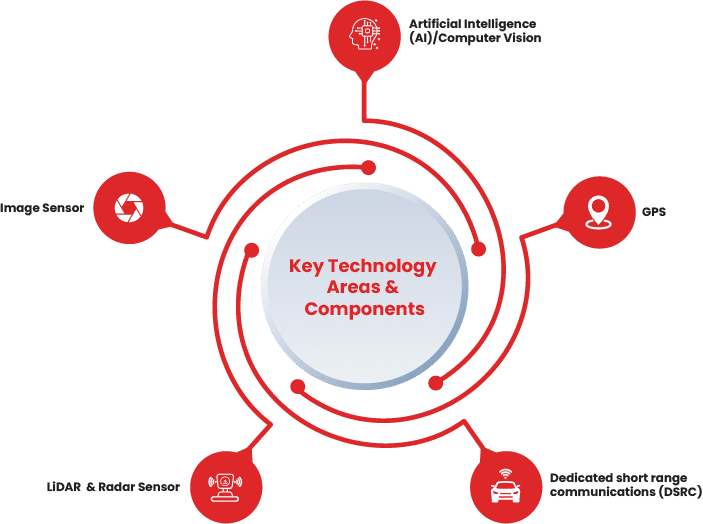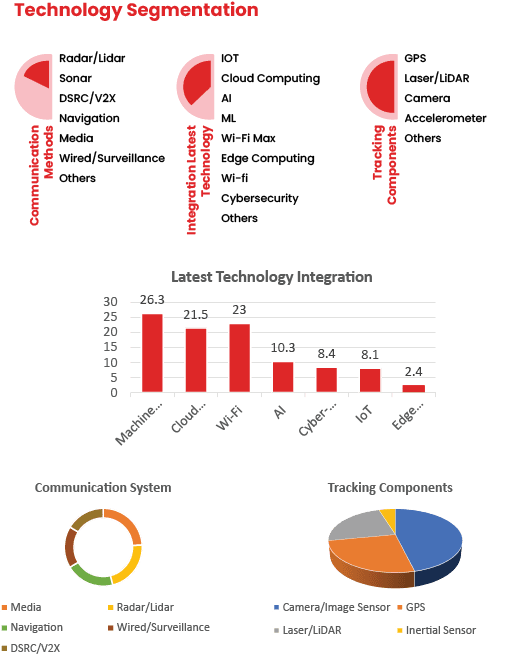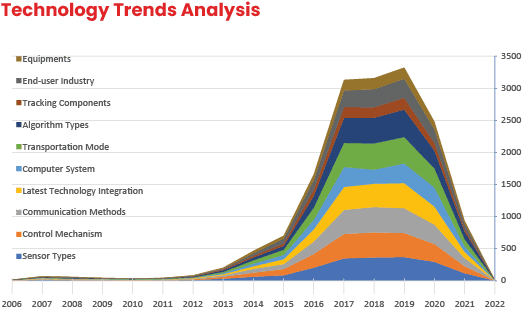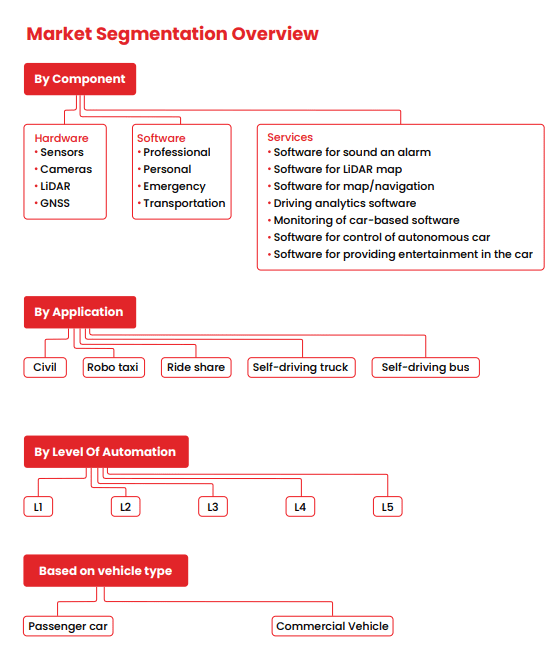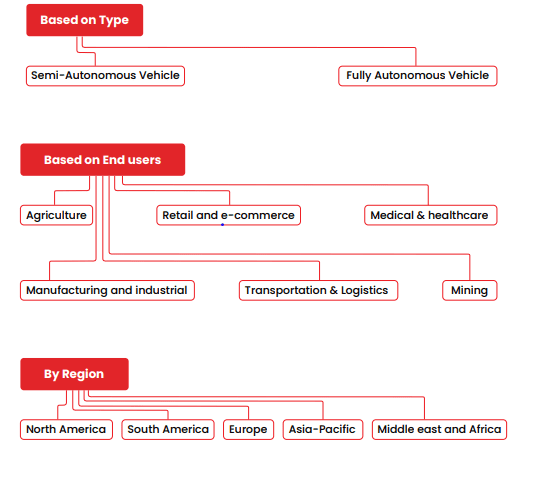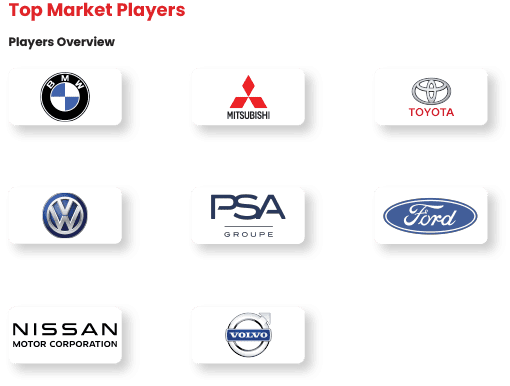Autonomous Vehicle or a self-driving vehicle is a next-generation driving technique that eliminates partially of fully human interaction to run a vehicle.
Key features:
- AVs are able to recognize traffic signals and other signs like stops or pedestrians on the road as well as other types of vehicles like cars, trucks, etc.
- Different vehicle speeds, momentum, lane change, passing should be determined by the AV.
- AV must be equipped with an Advanced Driver Assistance System (ADAS) along with Crash Avoidance System (CAS) to become safe and secure.
- The surrounding environment should be aware of the AVs to avoid any traffic, accident, or crash type of incidents.
- Also, with surrounding, inside of passenger state like the fatal, sleepy or emotional state should determine to avoid any kind of misshapen on the road.
How it works
- Multiple sensors, processors, machine learning systems, and algorithms work
simultaneously to provide driverless vehicle functionality. - The basic design of the operation of AVs is “sense-plan-act” which creates a map of their surrounding environment.
- AVs are equipped with multiple sensors, cameras, radars, etc. to capture data of
surroundings, and based on data, the software will analyze the best course of scenarios to act like acceleration, lane change, or overtaking.
1. Introduction & Overview
1.1 Introduction
1.2. Key Technology Areas & Components
1.3. Industrial Use case
1.4. SAE Levels of Automation
1.5. Functional Modules of an Autonomous Vehicle
1.6. Key Challenges And Solutions
2. Technology Analysis
2.1. Technology Segmentation
2.2. Legal & Application Status
2.3. Technology Trends Analysis
2.4. Sensor Trends Analysis
2.5. Algorithm Trends Analysis
2.6. End User Industry Trends Analysis
2.7. Technology Analysis
3. IP Insights
3.1. Application Count per Year
3.2. Top Assignee.
3.3. Top Assignee vs First Filing Country
3.4. Top Assignee Vs Publication Country
3.5. Top Assignees Year-Wise Trend (Publication Year)
3.6. Portfolio Summary
3.7. Patent Trend – Application Year
3.8. Patent Trend – Application Country
3.9. Patent Trend – Assignees
3.10. Automated Technology Breakdown
3.11. Problems – Assignees
3.12. Core Publications
4. Market & Business Analysis
4.1. Market Segmentation Overview
4.2. Company Segmentation
4.3. Market Size and Growth
4.4. Geographical Segmentation
4.5. SWOT Analysis
4.6. Market Dynamics
4.7. Major Trends
4.8. Major Factors
4.9. Top Market Players
4.10. Top Startups
4.11. Startups Overview
4.12. Recent Advancements
4.13. Recent Acquisitions
4.14. Recent Partnerships
4.15. Recent Collaborations
4.16. Recent Seed Funding
As the following chart shows, the year wise patenting activity indicates inconsistent filings with gradual overall increase throughout. In the last 5 years, the application filling is drastically increase in various sub-technologies area of AV like security, central chip processor, tracking and navigation system, and many more.
Please note that the trend for the year 2020 & 2021 might not be complete as it may take 18 months for a patent application to be published.
